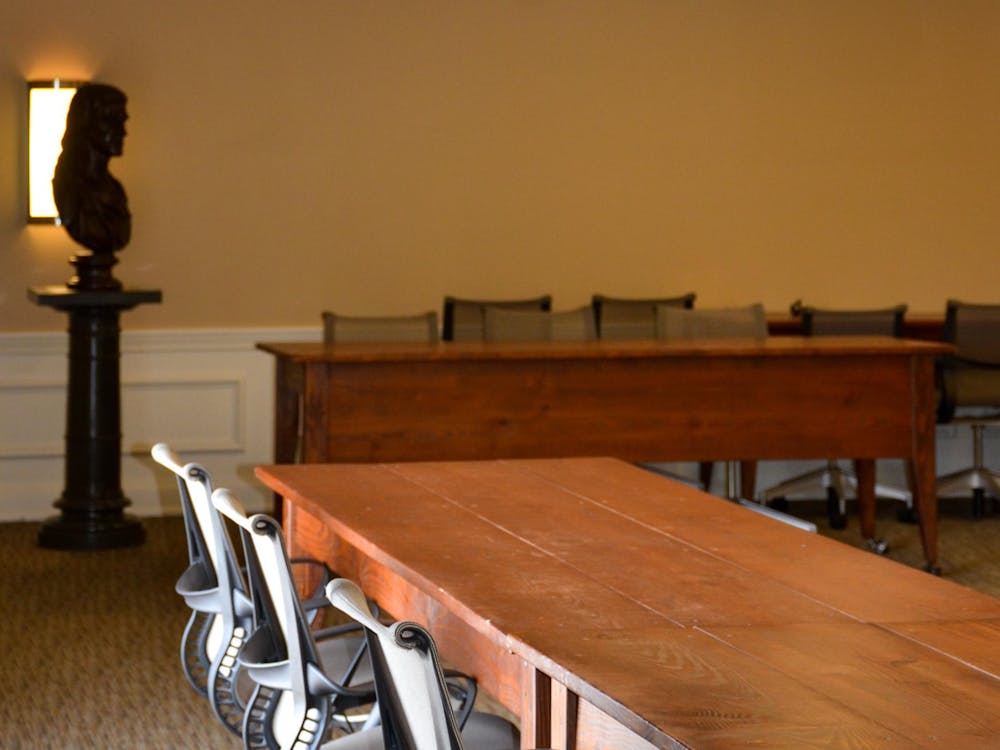WASHINGTON - The Bush Administration announced Feb. 7 that none of NASA's $16.45 billion 2006 budget would go to Hubble repair operations. Instead, $75 million has been allocated for the design and launch of a kamikaze rocket to be attached to the 24,500-pound orbiting eye when its batteries die in 2008. The rocket would guide the telescope out of its 375-mile-high orbit into a controlled re-entry and splash down in the Pacific Ocean.
NASA's official position is that there is not enough time or money to organize a robotic repair mission to replace the 15-year-old telescope's batteries and failing gyroscopes, which keep it balanced. A manned repair mission has been deemed unacceptable because it is impossible for astronauts to move from Hubble's orbit to that of the International Space Station, a new requirement adopted after the 2003 Columbia disaster. Ironically, one of Columbia's last missions was in March 2002 for the addition of infrared cameras to Hubble's platform in an effort to boost the telescope's performance.
With the Hubble's history in mind, many astronomers are pushing for a reconsideration of its future. University Astronomy Prof. Robert O'Connell, who has a relic from the famous 1993 repair of the telescope's myopic mirrors on his desk, said "Apart from its batteries and pointing system, [Hubble] is performing beautifully. It makes no sense to shut it down prematurely. Nobody in NASA that I talk to believes" the official position.
In response to questions regarding NASA's dependency on Hubble, O'Connell said, "NASA's greatest accomplishments in the last 20 years have all been in science, not space flight. The money and technology are there. What is missing is leadership and political will."
Of the 2006 budget, $4.5 billion will go to the Shuttle Program and $1.85 billion will go to the International Space Station, two programs that support both each other and Bush's new exploration vision of returning astronauts to the moon by 2020. This vision echoes former President John F. Kennedy's famous "Lunar Challenge" that culminated in NASA's 1969 landing on the moon. If Bush's own "Challenge" is met, it would be landing, not coincidentally, on the moon on the 50th anniversary of Neil Armstrong's arrival.
In protest of Bush's budget decision and plan for NASA, many astronomers are comparing the cost of a Hubble repair mission to the cost of the Iraq War, which currently is about $177 million a day ($122,280 a minute), according to a ProjectBillboard.org. It is estimated that a Hubble repair mission would cost less than a week in Iraq and would be far less dangerous for those involved.
Ken Kellermann, director of new initiatives for the National Radio Astronomy Observatory in Charlottesville, said he tries to look to the future. Kellermann pointed out that Hubble has "done its job."
"Sometimes the current debate is exaggerated because Hubble makes pretty pictures that the public loves, but the truth is that it is fifteen years old," Kellermann said. "Nowadays, we have equipment on the ground that can see what Hubble can't. It's really a question of keeping our eye on the ball and making compromises."
With support for the Hubble falling, Kellermann and others are focusing their attention on the 2010 launch of the James Webb Space Telescope. The "Webb" will be Hubble's successor, named after the NASA Administrator responsible for over 75 launches including the Apollo 11 mission that met Kennedy's "Challenge." When operable, this infrared platform will be stationed 940,000 miles from Earth at the second Lagrange Point (L2), balanced between the gravitational fields of the Earth and Sun. The Webb's positioning and its infrared capabilities will allow scientists to study planetary formation, super massive black holes, and young galaxies at the edge of the universe.






